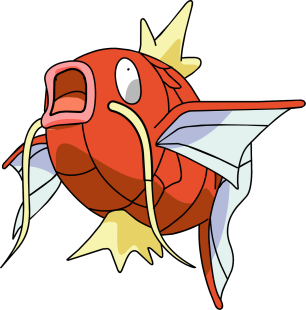
What? POKE is evolving! Congratulations! POKE is now . . . . . POKE!
Poke (rhymes with “okay”) is one of those foods that challenges notions of authenticity. Exploding onto the mainland in about 2012, this chopped fish dish is usually billed as a traditional Hawaiian dish.
This certainly sounds right. Hawaiians consume more than twice the amount of fish per capita than the rest of the United States. The name for the dish is the Hawaiian word meaning “cut piece”. Indigenous Hawaiians certainly liked their raw fish, generally reef fish served whole or lomied (mashed). Seaweed is also a foodstuff found in native Hawaiian cooking.
However the history of poke seems to only go back as far as 1970. According to food historian Rachel Laudan, that is when the dish first started showing up in Hawaiian cookbooks. But a relatively recent history does not make the dish any less authentic or any less emblematic of Hawaiian culture.
Like every place on earth, modern Hawaii and its foodways are the result of multiple layers of influence. In the case of poke, Hawaiian sensibilities blend with the Japanese tradition of sashimi. Both dishes exist to enhance the qualities of the fish used, but they come at it from two very different attitudes. Where sashimi is an elegant presentation of prime cuts, prepared a la minute and seasoned delicately; poke is cubed scraps of fish pre-marinated and heaped in a bowl.
Don’t get too precious about this recipe. “Real” poke is not about being instagramable, colorful, and clean. (Although I did make mine that way because food blogging.) It’s supposed to be easy, delicious, and fun. Adjust the toppings you like, use the seafood that you like (even if some people are scandalized by salmon). If you want to change up the dressing, you are the boss of your sauce. Make this pupu (appetizer) a meal by serving it over rice.
Is this an “authentic” poke recipe? Well, in so much that it is a melange of multiple cultures spanning from Asia, through Polynesia, and into the Mainland.
Be smart about where you source the fish if you’re doing this with raw seafood. “Sashimi-grade” is not a regulated term so don’t blindly trust fish labeled that. Your safest bet is to find a high-quality fish counter with a high turnover. Tuna is the “traditional” choice, but any fatty, buttery fish will do – salmon, mackerel, etc. You can also use other seafood – again, there is a traditional choice (octopus), and an ocean of possibilities. Go nuts with anything from lightly poached lobster to canned mussels. As always, if it doesn’t look or smell like something you want to eat, don’t use it.
Varying textures are important in this dish. Cubed cucumber, avocado, radish, corn, go nuts. (No really, chopped macadamias or pistachios are also totally an option)

Poke
Procs: Dinner for 2 or pupu for 4
Time: 30 minutes (mostly marinating)
Challenge Rating: 1/2
Equipment:
- A knife

Mats:
- 12 oz Fish (raw or cooked)
- Pinch of Salt
- 1 tbsp of Dried Wakame Seaweed
- 1 tbsp of Dried Hijiki Seweed
- 3 oz of Chopped Sweet Onion
- 2 Scallions (the green part) sliced thin
- Dressing
- 1 tbsp Soy sauce
- 1.5 tsp Sesame Oil
- 1 tsp Honey or Sugar
- Crushed Red Pepper to taste
- Black and/or White Sesame Seeds
- Tobiko (fish roe)
- Optional for serving: Cooked rice

Walkthrough
- Rehydrate the seaweeds. The wakame will need to be roughly chopped.
- Mix the ingredients for the dressing together and taste. Adjust as necessary to your preference.
- Mix all the ingredients together. Use your hands to toss them together and make sure everything is coated in the dressing.
- Chill for 5-20 minutes to let the flavors marry.
- Serve over white rice if desired.
